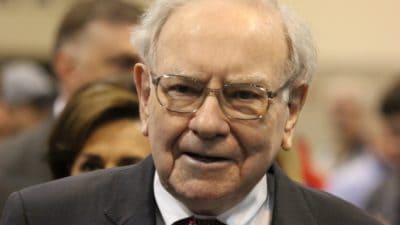Value investors are looking at the FTSE as they hunt for undervalued or cheap stocks to add to their portfolios. Valuations are very attractive, but some analysts have highlighted that buying FTSE stocks may make sense because of historical trends and economic theory.
A good omen
The UK is currently in the middle of an interest rate cutting cycle, and historical data indicates that FTSE indexes have generally performed well during interest rate cutting cycles. Also, there’s a tendency for mid-caps to outperform large-caps. During the 1992-1994 rate cutting period, the FTSE All Share rose by 49%, while the FTSE 250 (excluding investment trusts) saw an impressive 87% total return.
In fact, over the past five rate-cutting cycles, UK stocks have typically risen in the year following the first rate cut. The performance has been particularly strong when recessions were avoided, such as during the 1996-1997 and 1998-1999 cycles, where returns averaged 31.5%.
However, it’s important to note that performance can vary based on broader economic conditions. For instance, UK stocks performed very poorly during the dot-com bust (2000-2003) despite interest rates being lowered.
Some win bigger than others
One core reason for these periods of FTSE stock outperformance is that savings accounts and bonds offer lower returns when rates fall. This means there’s more incentive for individuals to invest in stocks.
However, some sectors are more likely to outperform than others. Retail is typically highlighted as a sector that benefits from rate cuts. The consumer staples sector and housebuilders often see significant gains as disposal income increases. On the groceries front, shoppers may trade-up to the likes of Tesco and Marks & Spencer. Other beneficiaries could include Currys and Watches of Switzerland, both sellers of non-essential goods.
Real estate shares, particularly those with long leases and secure income streams, also tend to recover as rates fall. Additionally, companies offering interest-free credit, like DFS Furniture. They can benefit from lower rates, as every 1% change in the Bank of England rate impacts their cost of offering interest-free credit by £6m.
Don’t forget about banks
Banks like Lloyds (LSE:LLOY) typically outperform in the first year after rate cuts begin, countering the belief that falling rates harm profitability. While lower rates can compress net interest margins, banks benefit from increased lending activity as borrowing costs decrease, stimulating economic growth. Additionally, asset values rise, particularly in real estate, which supports their loan portfolios.
Furthermore, improved economic conditions lead to lower default rates and reduced loan loss provisions. Moreover, banks like Lloyds use hedging strategies to mitigate the impact of falling rates. Examples of these include forward swaps and rate locks, which secure favourable terms for the long run. This can be one of the most overlooked parts of the investment thesis.
The 14% rise in Lloyds shares in 2024 illustrates how financial institutions can thrive in a declining rate environment. However, the UK’s largest mortgage lender has been held back by concerns about an investigation into mis-sold motor finance. The fine could be as high as £3.9bn according to analysts.







